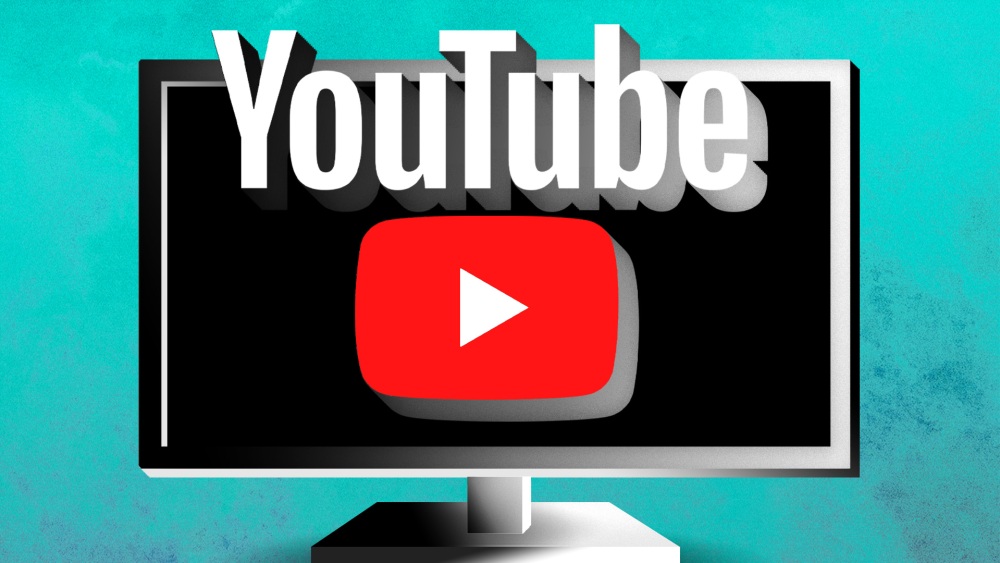
YouTube, already the most popular streamer on big-screen TVs, last month built on its lead as one of the only major services to see viewing time among U.S. TV households increase, according to new Nielsen data.
For the period from March 27-April 30, 2023, TV viewing of YouTube videos (excluding YouTube TV) was up 1.5%. That translated into an increase of 0.3 share points, with YouTube ending the month with 8.1% of total time spent watching television, according to Nielsen measurements.
Time spent viewing on most other streaming platforms, including Netflix, Disney+, HBO Max, Prime Video, Peacock and Hulu, was flat or down compared with March 2023, according to Nielsen’s The Gauge report for April. Along with YouTube, two free, ad-supported TV (FAST) services had month-over-month gains: Fox’s Tubi was up 6% from March, adding 0.1 share point to capture 1.1% of overall TV viewing, and Paramount’s Pluto TV viewing increased 3.9% for the month to hold at 0.8% share.
Time spent with streaming content was down 2.1% in April compared with March, and the streaming category recorded a loss in share (-0.1 points) for the second consecutive month.
In April, the top streaming platforms by share of time spent viewing according to Nielsen were: YouTube (8.1%), Netflix (6.9%), Hulu (3.3%), Amazon’s Prime Video (2.8%), Disney+ (1.8%), HBO Max (1.2%), Peacock (1.1%), Tubi (1.1%) and Pluto TV (0.8%). Broadcast TV networks held 23.1% share and cable had 31.5% among U.S. TV households in April, per Nielsen.
Overall, U.S. TV viewing across broadcast, cable and streaming was down sequentially in April, dropping 1.9% from March to April, the third consecutive month with a decline (which Nielsen said is typical for this time of year). By comparison, time spent watching TV declined 2.1% over the same period in 2022.
This February, the market “was a bit surprised” when YouTube moved into the No. 1 spot on Nielsen’s monthly TV viewing rankings among all TV networks and platforms, said Tara Walpert Levy, YouTube’s VP of the Americas. “There were questions marks about whether that was sustainable — but now we’re seeing our share growing,” she said.
YouTube is touting the Nielsen findings ahead of its 2023 upfront presentation for Madison Avenue ad buyers on Wednesday (May 17) at Lincoln Center’s David Geffen Hall in New York. Speakers at the YouTube Brandcast event are scheduled to include YouTube CEO Neal Mohan, who took the reins from Susan Wojcicki earlier this year; chief business officer Mary Ellen Coe; Google president Sean Downey; and top YouTube creators and music artists. Topics YouTube execs will highlight include advertising opportunities for the NFL Sunday Ticket package, which it will sell exclusively starting with the 2023 season.
Creators like MrBeast and Rhett & Link remain YouTube’s “secret weapon” in the streaming wars, Walpert Levy said: “It’s this entire universe of content that fresh and original.” One-third of the audience 18 and older watching YouTube could not be reached on other ad-supported streaming services, Nielsen found last fall.
As for concerns marketers might have over the “brand safety” of YouTube videos, Walpert Levy claimed that the YouTube sales team doesn’t really hear such questions from agency partners these days. “Overall, the conversations we’re having is what is driving the 18-34 audience that has incredible passion for creators’ content,” she said.
“As Nielsen has tracked the emergence and growth of streaming over the past several years, I think many folks have been surprised at YouTube’s popularity on the TV screen,” said Brian Fuhrer, SVP of product leadership at Nielsen. YouTube “has an extraordinarily diverse audience, likely driven by the wide range of available content, and consistently draws viewers from broad demographic segments.”
The data for Nielsen’s The Gauge estimates combines two separately weighted panels. Streaming data is derived from a subset of the firm’s Streaming Meter-enabled U.S. TV households within the Nielsen National TV panel, and the linear TV sources and total usage are based on viewing from Nielsen’s overall TV panel.













